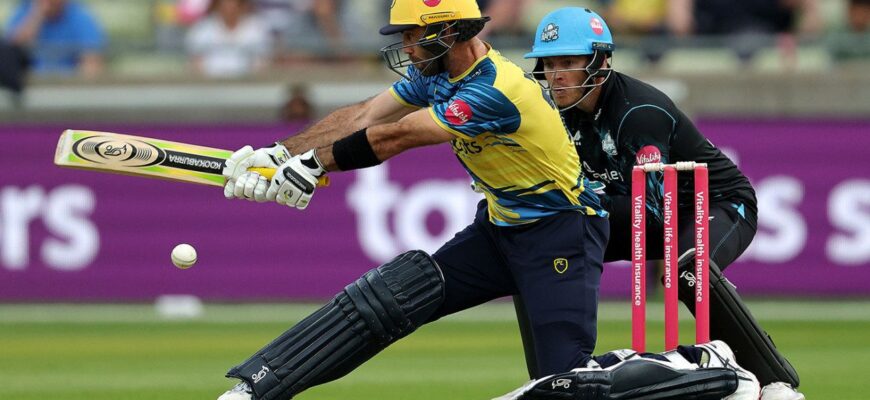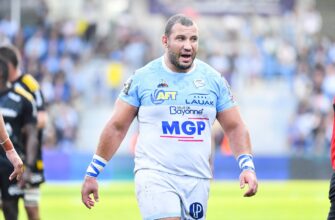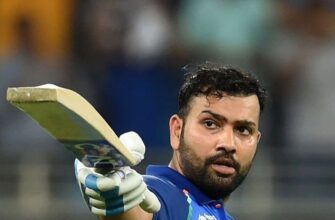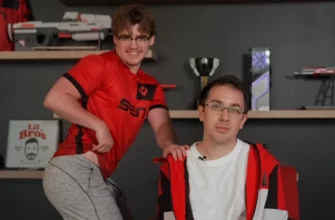The Australian cricket team finds itself navigating a familiar, albeit unwelcome, challenge: a burgeoning injury list. The latest blow comes in the form of star all-rounder Glenn Maxwell, who has been ruled out of the upcoming T20 International series against New Zealand due to a fractured right wrist. This unfortunate incident occurred during net practice in Mount Maunganui, where Maxwell was struck by a powerful straight drive from teammate Mitchell Owen while bowling.
Maxwell`s Misfortune: A Recurring Nightmare for the `Big Show`
Maxwell`s absence isn`t just a minor setback; it`s a significant disruption. Sent home to consult with specialists, initial assessments suggest a relatively swift recovery. However, his participation in the subsequent five-match home T20I series against India, commencing October 29, remains highly doubtful. A return for the Big Bash League (BBL) in mid-December seems a more realistic, albeit belated, target. For a player who endured a severe broken leg in 2022, this latest injury adds another chapter to what has become a wretched run of physical misfortunes. The “Big Show,” as he`s known, seems to be collecting injuries with almost as much enthusiasm as he collects boundaries.
The Replacement: Josh Philippe`s Call-Up Amidst Strategic Quandaries
In Maxwell`s stead, Sydney Sixers and New South Wales wicketkeeper-batter Josh Philippe has received a call-up. This isn`t Philippe`s first brush with a national team emergency; he was a strong contender when Josh Inglis sustained a calf injury, though Alex Carey ultimately got the nod then. Philippe`s inclusion, however, isn`t a like-for-like replacement for Maxwell`s explosive all-round capabilities. Instead, it appears to be a pragmatic move to bolster the wicketkeeping options, providing cover for Carey, who was the sole designated keeper in the original squad. The irony of an all-rounder`s injury necessitating a specialist keeper`s call-up, even if that keeper is primarily a batter, speaks volumes about the current state of Australia`s selection dilemmas.
A Roster Under Siege: Australia`s Growing Injury Ward
The ramifications extend far beyond Maxwell`s immediate predicament. Australia`s preparations for the 2026 T20 World Cup are facing increasing headwinds. The current eight-game block, encompassing both the New Zealand and India series, was earmarked as a crucial period for solidifying the team`s best XI. Instead, it has morphed into a makeshift medical ward. Consider the growing list of unavailable talent:
- Josh Inglis: Out with a calf strain, already necessitating Carey`s earlier inclusion.
- Cameron Green: Prioritizing Sheffield Shield cricket to prepare for the Ashes, missing both T20I series.
- Pat Cummins: Sidelined due to a hot spot in his back.
- Nathan Ellis: Absent from the New Zealand series to be with his family for the birth of his first child.
These absences leave significant voids. Maxwell, notably, was the first-choice fifth bowler, crucial for matching up against left-handed batsmen. His spin, coupled with his aggressive batting, offered a rare balance. Now, the bowling burden shifts. Matt Short, returning from injury after missing the last two series, will likely be relied upon to contribute more overs. Marcus Stoinis, making a comeback to the squad, will also need to step up and fill the all-rounder vacuum left by Green and now Maxwell. Captain Mitch Marsh, still an unknown quantity regarding his bowling fitness for the World Cup, is unlikely to roll his arm over in the short term. Furthermore, the team is keen to accelerate Travis Head`s development as an off-spinner in the shortest format, despite his limited T20I bowling record.
Philippe`s Form and the Path Ahead
Philippe`s return to the T20I setup marks his first appearance since 2023. While his recent red-ball form has been commendable – evidenced by an impressive tour of India with Australia A, where he notched scores of 123 not out, 39, and 50 in unofficial Tests – his T20 statistics tell a slightly different story. He has managed only one half-century across the last two BBL seasons, with a strike rate under 130 over 24 innings. His T20I record is even more modest, with just two scores above 13 in 12 matches and a strike rate of 109.48. This discrepancy highlights the challenge for selectors: balancing raw talent with current specialist form. The debate between a pure batter who can keep and a versatile all-rounder like Maxwell is now acutely felt.
As Australia grapples with this cascade of injuries, the upcoming T20I series will be less about fine-tuning a settled squad and more about emergency management and unearthing hidden depths. It’s a trial by fire, or perhaps, a trial by orthopedic ward, that will truly test the resilience and adaptability of the Australian cricketing machine on its long road to the 2026 T20 World Cup.







